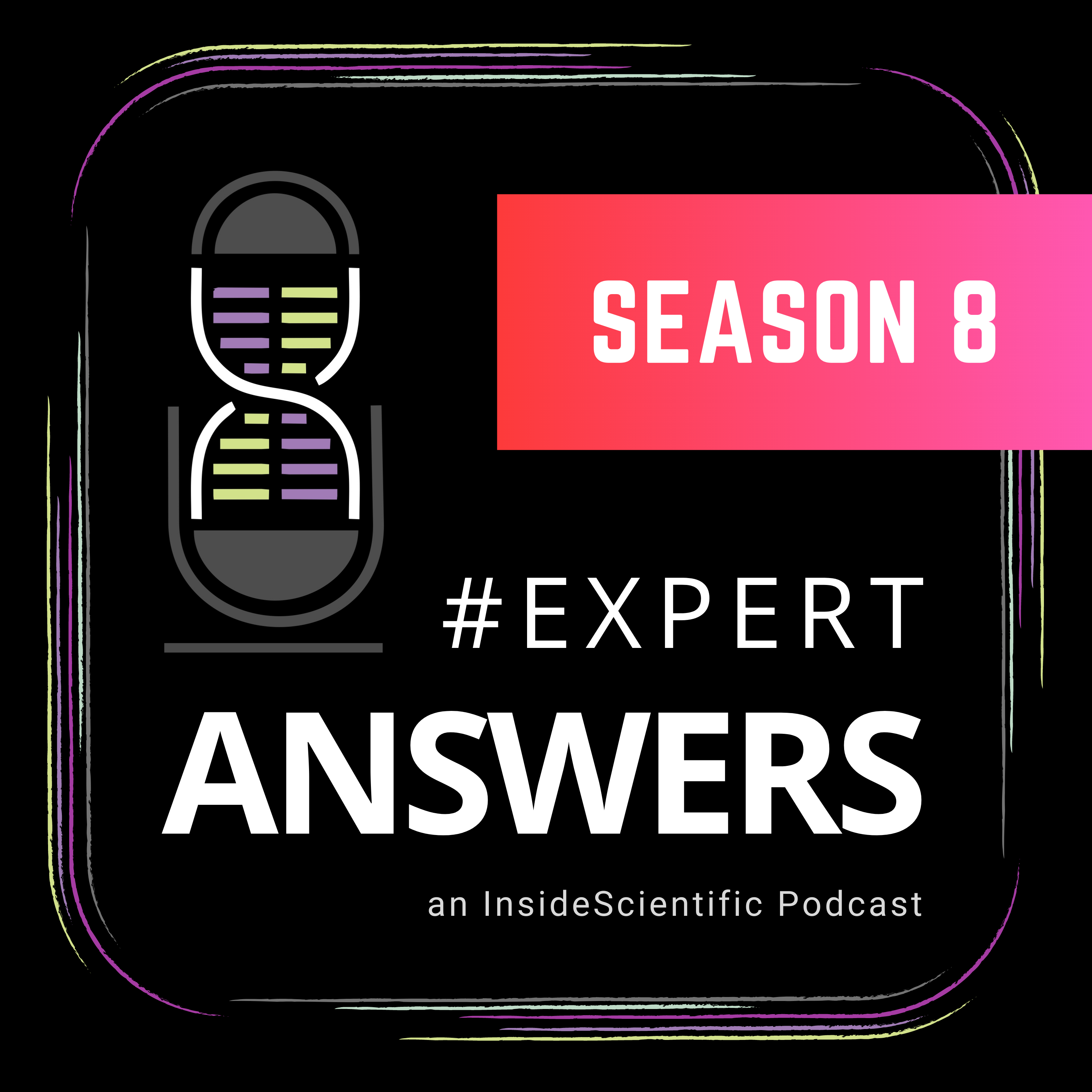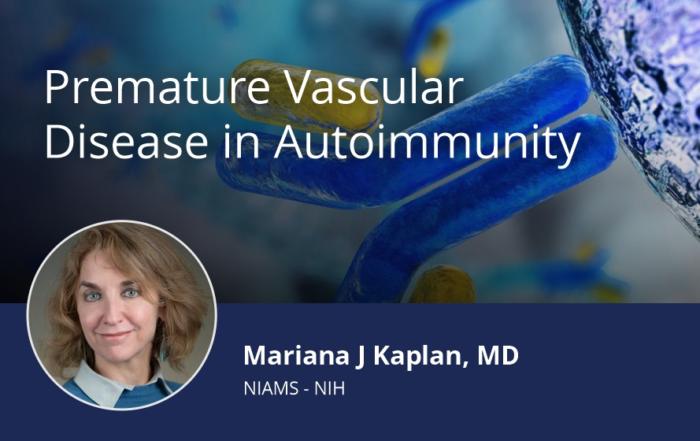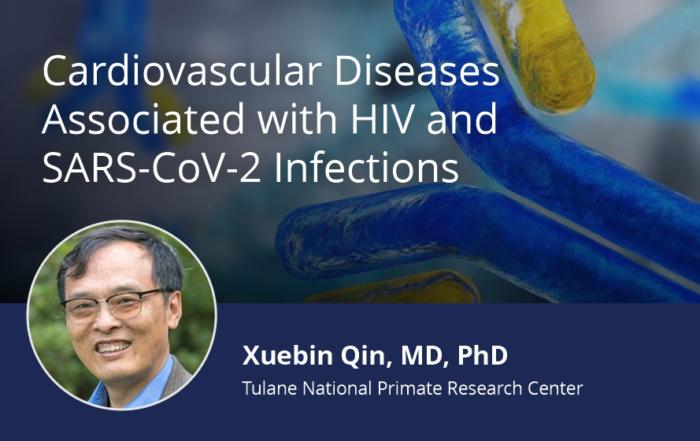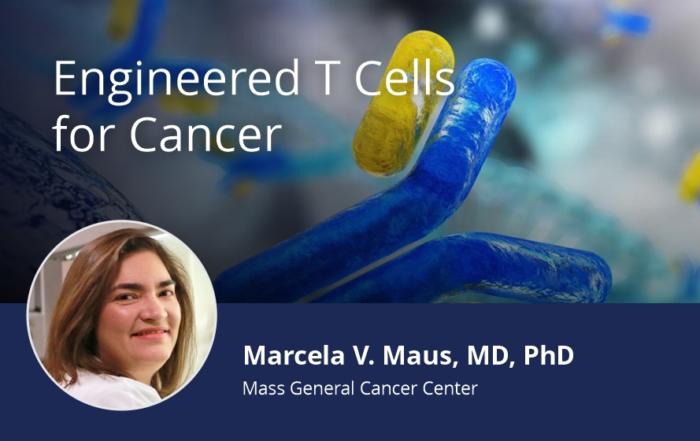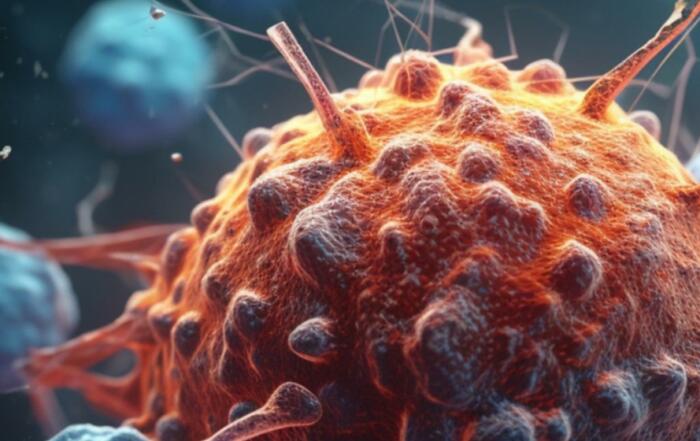Dr. Gwendalyn Randolph discusses strategies that the intestine uses to limit the dissemination of inflammatory signals in the venous and lymphatic vasculature.
Highlights
- An introduction to the lymphatic system and its role in the intestine
- Discussion of the enterohepatic dilemma
- A summary of lipopolysaccharide (LPS) and the immune response
- A summary of the high-density lipoprotein (HDL) cycle
- The role of gut-derived HDL
- Lymphatic changes in inflammatory bowel disease
Webinar Summary
Dr. Randolph begins this webinar with an introduction to the lymphatic vasculature, including initial lymphatics, collecting lymphatics, and lymph nodes. The intestine is home to large numbers of microorganisms, and the role of the lymphatic system is to host immune responses, but also filter and regulate access of these foreign pathogens (and other inflammatory mediators) to limit their dissemination in the vasculature. This can prevent septic shock and disseminated intravascular coagulation, and in some cases, may result in restriction of tumor metastases to lymph tissues.
“One of the anatomical features that is really critical for how our anatomy is arranged is that the venous vasculature coming from the intestine is filtered by the largest organ in the body, and that is the liver.”
The concept of the enterohepatic dilemma is introduced; this refers to the opposing requirements of the intestine to absorb nutrients but also protect against dissemination of microbes and proinflammatory signals. One of the ways in which this is achieved is by the close arrangement of lymphatic and blood vessels within the intestinal lumen wall, with differing relative absorption of carbohydrates, proteins, and lipids. Lipids are transported in lipoproteins known as chylomicrons, produced by the intestine, and also via low-density lipoprotein (LDL) and high-density lipoprotein (HDL). HDL was long thought to be synthesized by the liver, but it is now recognized that the intestine also produces HDL, although the purpose of this production and its role in control of dissemination of inflammatory signals remains unclear.
A common inflammatory mediator is LPS, abundant in gram-negative bacteria. LPS-binding proteins (LBP) bind to the fatty acid chains of LPS, allowing transfer of LPS to CD14 proteins before binding to toll-like receptor 4 (TLR4)-MD2 complexes. This ultimately leads to activation of NF-kappaB and the initiation of proinflammatory signaling cascades. Due to the presence of fatty acid chains, LPS can also bind to lipoproteins; as a result, HDL can bind and neutralize LPS, reducing the inflammatory response.
“. . . since the mid-90s or so, we’ve known that LBP, in fact, can not only deliver LPS to CD14 but also to lipoproteins like reconstituted HDL . . .”
The traditional view of the HDL cycle is presented, beginning with HDL synthesis in the liver, transendothelial transport from blood to interstitial fluid (where HDL is remodeled), and movement out of tissues via the lymphatic system before returning to the bloodstream. Although exactly how intestine-derived HDL fits into this model is unclear, Dr. Randolph proposes that HDL is like a backpack, in that it accepts and releases cargo while regularly undergoing remodeling.
Dr. Randolph’s group has recently developed a mouse model in which photo-activated HDL is expressed, allowing for study of HDL dissemination throughout the body and lymphatic system. Data obtained with this model revealed that gut-derived HDL is produced at the ileal segment of the small intestine and accounts for the vast majority of HDL-cholesterol in hepatic portal blood. Clinical studies of systemic and hepatic portal blood demonstrated that gut-derived HDL is primarily of the HDL3 subtype, is associated with LBP, and neutralizes LPS-mediated inflammatory responses in Kupffer cells by restricting TLR4 binding. One potential consequence of the involvement of intestinal HDL in limiting inflammation is that resection of the small intestine may result in liver failure and fibrosis due to the loss of protection from LPS-mediated damage.
“But there may be scenarios where that role of the lymph node is not sufficient – and one such scenario could be inflammatory bowel disease or Crohn’s disease . . .”
In the final portion of the webinar, Dr. Randolph focuses on the role of the lymphatic system in inflammatory bowel disease. Data collected from a transgenic mouse model of ileitis have revealed that B cell rich lymphoid follicles develop in existing lymphoid tissue, clustered near lymphatic valves. Using in vivo injections of a fluorescent marker, Dr. Randolph’s group demonstrated that these structures prevent dissemination of inflammatory cells and factors away from the gut through the draining mesenteric lymph node. In addition, collecting vessel pressures are elevated, effectively resulting in a pressure cuff surrounding lymphatic vessels. In conclusion, this method of restricting inflammation to the gut works in concert with other mechanisms, such as HDL production, to limit dissemination of inflammatory signals throughout the body.
Click to watch the webinar recording. To view the presentation full screen simply click the square icon located in the bottom-right corner of the video viewer.
Resources
Q&A
- What is the mechanism for the removal of neutralized LPS?
- Where in the intestine was HDL flow studied?
- Is the development of tertiary lymphoid structures in mouse models reversed following resolution of inflammation?
- Do treatments that lower LDL allow for further dissemination of inflammatory factors from the gut?
To retrieve a PDF copy of the presentation, click on the link below the slide player. From this page, click on the “Download” link to retrieve the file.
Presenters
Emil R. Unanue Professor
Department of Pathology and Immunology
Washington University School of Medicine, St Louis
